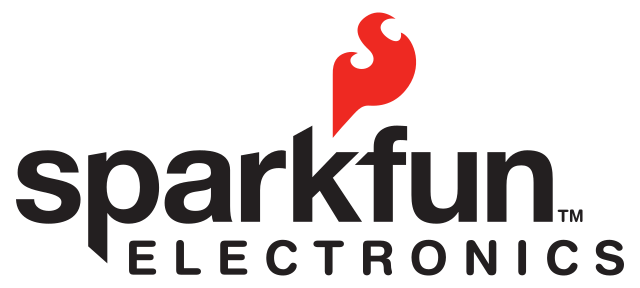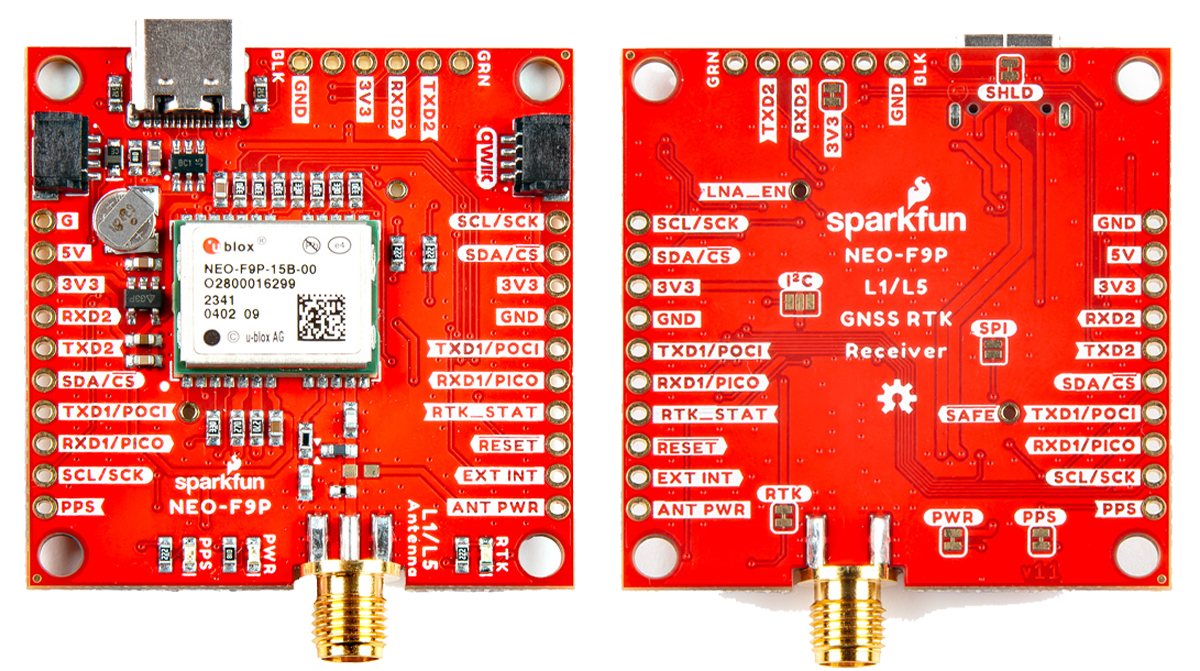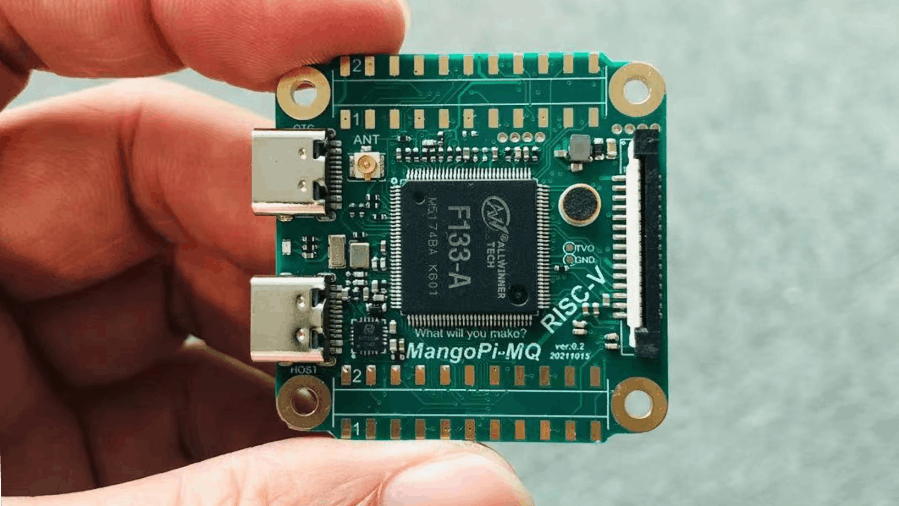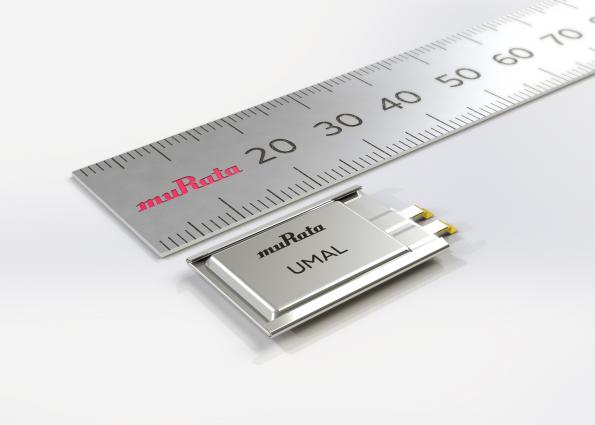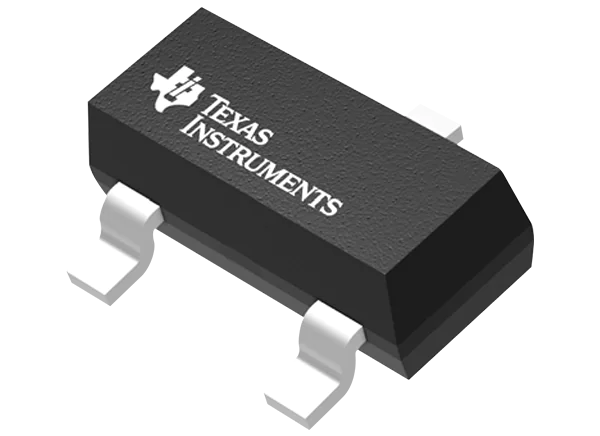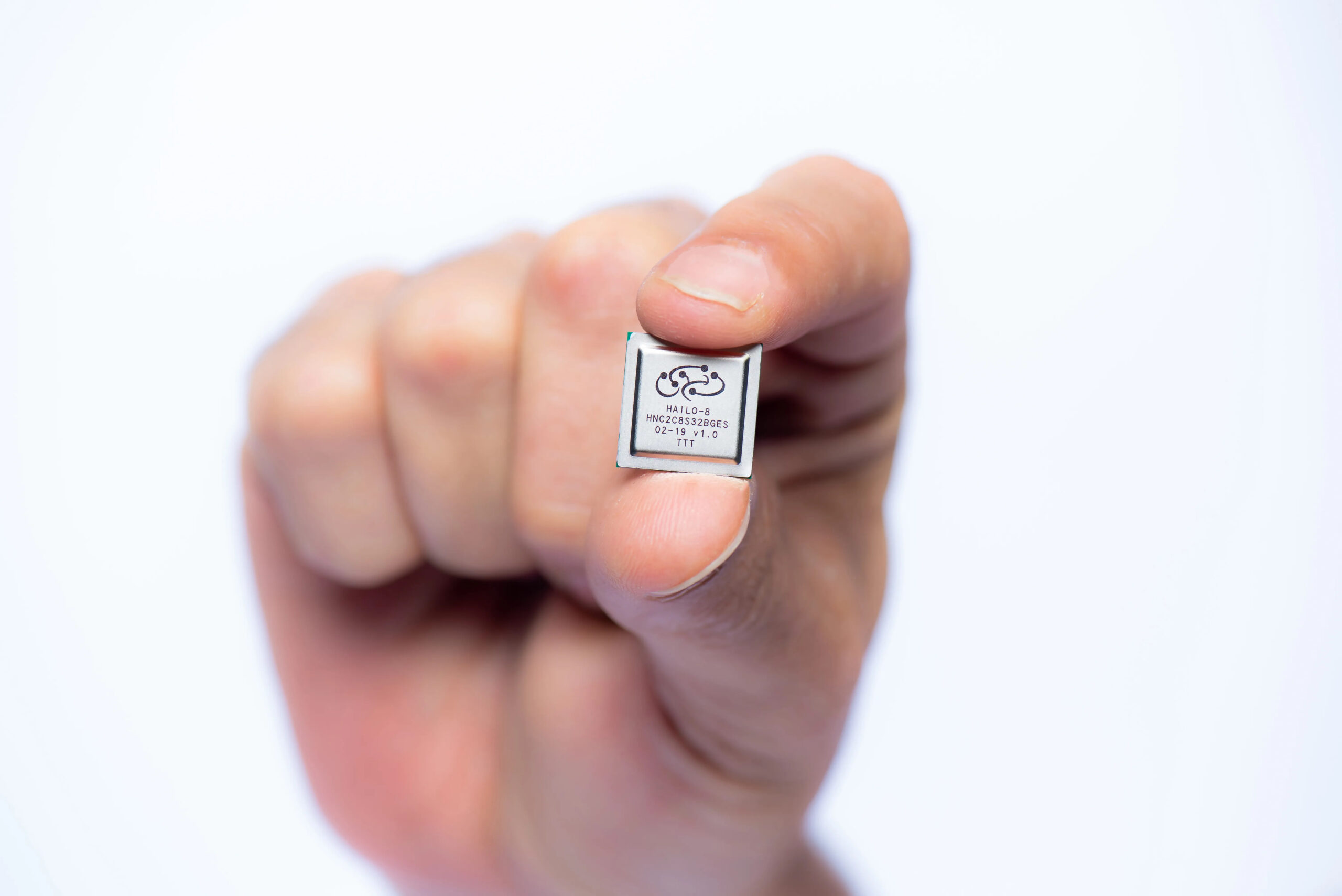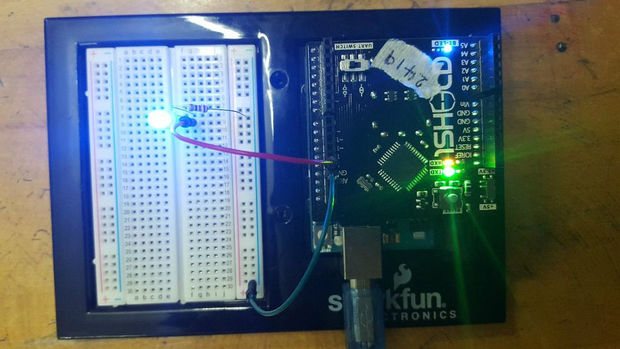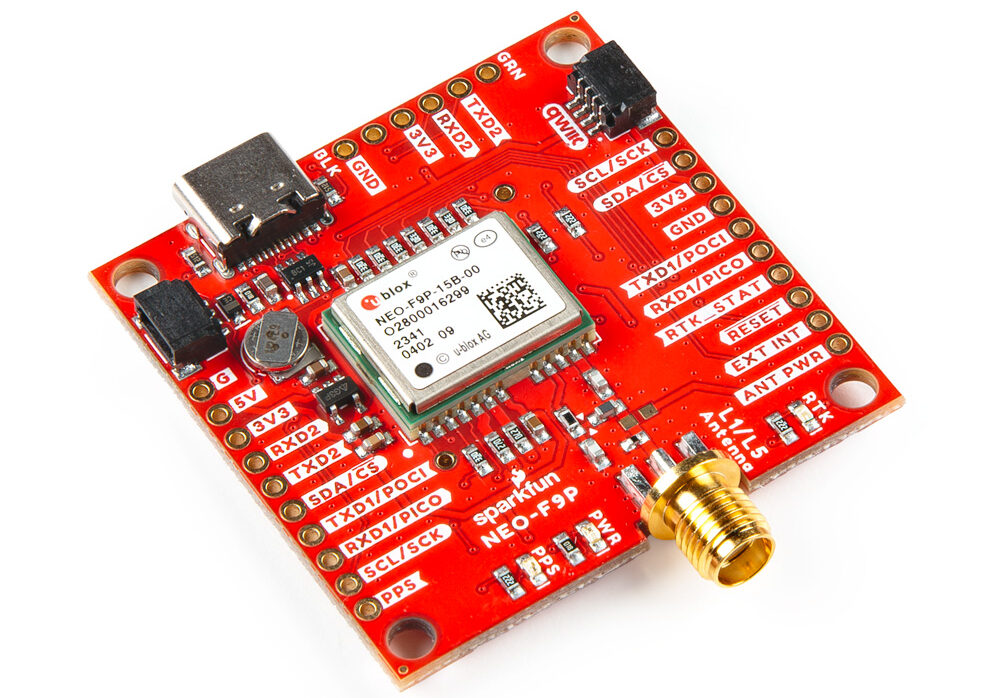
New SparkFun GNSS-RTK L1/L5 Breakout Board Features u-blox NEO-F9P Chip and Features a Qwiic Connector
SparkFun recently launched a new GNSS-RTK L1/L5 Breakout board featuring the u-blox NEO-F9P chip. Unlike traditional L1/L2 models, this chip uses L1/L5 bands that enhance its performance in urban areas. Additionally, it’s more resistant to radio frequency interference, which ensures more reliable and accurate location tracking.
The NEO-F9P is a powerful chip from U-blox featuring an 184-channel GNSS receiver with a U-blox F9 engine. It offers 10mm accuracy in three dimensions by receiving signals from GPS, GLONASS, Galileo, and BeiDou systems. The module can be used as a base station in survey-in mode to produce RTCM 3.x correction data and supports concurrent reception from four GNSS systems.
The module has a rechargeable battery for up to two weeks of data retention, significantly reducing start-up time from ~27s to ~3s. Furthermore, it features five simultaneous communication ports (USB-C, two UARTs, I2C, SPI) and offers an easy Qwiic connector for solderless access to the module, along with a 2.54 mm header for breadboard compatibility. It’s configurable via u-center for settings like baud rates and geofencing, and all configurations are accessible through the SparkFun Arduino Library.
SparkFun GNSS-RTK L1/L5 Breakout Board Specification:
- Main Chip: U-blox NEO-F9P
- Connectivity:
- 2x Qwiic Connectors
- Integrated SMA connector
- USB Interface: 1x USB Type C Connector
- I2C Address: Default – 0x42
- GNSS Compatibility: Concurrent reception of GPS, GLONASS, Galileo, and BeiDou
- Channels: 184-Channel GNSS Receiver
- Frequency Bands: Receives L1/L5 Bands
- Operating Voltage: 5V or 3.3V (all logic at 3.3V)
- Power Consumption:
- Current: 95mA – 135mA (depends on constellations and tracking state)
- Time to First Fix:
- Cold: 27s
- Hot: 3s
- Max Navigation Rate:
- RTK, PVT, RAW: 25Hz
- Position Accuracy:
- Horizontal: 1.5m (without RTK), 0.01m (with RTK)
- Vertical: 2.0m (without RTK), 0.01m (with RTK)
- Operational Limits:
- Max G: ≤4G
- Max Altitude: 80km (49.7 miles)
- Max Velocity: 500m/s (1118 mph)
- Features:
- Software Configurable
- Geofencing, Odometer, Spoofing Detection
- External Interrupt, Pin Control
- Low Power Mode and many others
- Indicators and Configurations:
- Power LED
- Jumpers
- USB Shield
- 3v3 (for UART2 Port)
- I2C Pull-Up Resistors
- SPI
- Pulse Per Second (PPS)
- RTK Status LED
- Time Pulse Accuracy: 30ns
- Protocol Support: NMEA, UBX, RTCM, SPARTN, CLAS (over UART or I2C interfaces)
- Board Dimensions: 1.70″ x 1.70″ (43.2mm x 43.2mm)
The SparkFun Arduino Library for u-blox modules enables easy GNSS-RTK control and data reading over I2C, providing a simpler binary interface and reducing microcontroller workload.
SparkFun provides essential resources for the NEO-F9P, including schematics, board dimensions, a hookup guide, and an Arduino library. For in-depth information, they offer a datasheet and integration manual from u-blox. Additional support is available through SparkFun’s GitHub repository for hardware-related materials.
The SparkFun GNSS-RTK L1/L5 Breakout – NEO-F9P (Qwiic) is in stock and available on SparkFun’s website (GPS-23288) for $249.95.





